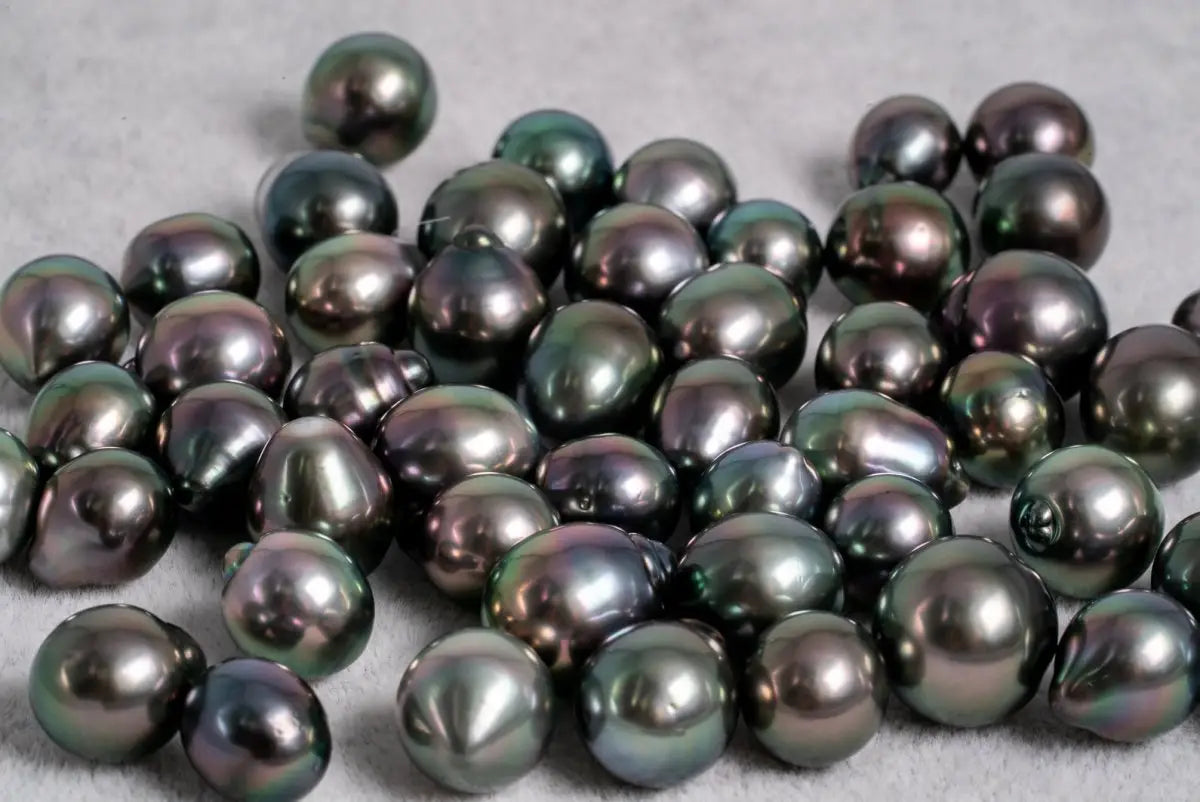
First, let's debunk a few widely held misconceptions, shell we?
A common myth: pearls form from a grain of sand that has found its way into the body of a mollusk.
Many centuries ago, someone, whose identity has been lost in the annals of pearl history, claimed that a natural pearl forms when a foreign body (a grain of sand) invades the soft tissues of a mollusk. The mollusk then gradually coats the invader in mother-of-pearl to neutralize the irritant.
This explanation has been repeated so often that it is accepted as truth.
However, both common sense and rigorous scientific analysis show that this is completely incorrect.
First, common sense: if the mollusk's goal in coating the foreign body with mother-of-pearl was to neutralize the irritation, then why does it continue to do this layer upon layer, when all traces of the invader have disappeared and it is covered in the mollusk's smooth, native layers of mother-of-pearl?
Second, a rigorous analysis: a foreign body enters the mollusk and either settles in the mantle tissue, where the epithelial cells that produce mother-of-pearl are located, or it picks up epithelial cells along the way before settling in the soft body of the mollusk. Whether in the mantle or elsewhere, these epithelial cells continue to do what is genetically programmed in them: grow mother-of-pearl. But instead of continuing to grow the SHELL, the cells form a pearl sac and create a pearl that encloses the invader.
A cultured pearl with a bead as a nucleus is grown in exactly this way.
Pearls do not form around grains of sand (inert inorganic matter). Pearls form around organic matter (say, a parasite, a fry, etc.) and as a result of a damage or displacement of epithelial cells of a mantle.

The second point that requires some clarification of the term "cultured".
Although Akoya cultured saltwater pearls were the first to be farmed, this is not the only type of pearl that is cultured.
ALL commercially produced pearls today, both saltwater and freshwater, are cultured.
One often sees the word "cultured" in advertisements as an explanation of what kind of pearls are being offered for sale, but this word is not necessary at all, because (practically) all pearls offered for sale today, especially on commercial platforms, are cultured.
On the contrary, the word NATURAL (if the pearl is such) must be used.
Cultured pearls can be divided into two major categories: pearls grown in saltwater and pearls grown in freshwater.
Although both types are very beautiful and widely used in jewelry, saltwater-grown pearls are generally considered more rare and valuable.
And a little bit of scientific talk towards the end.
Oyster
Although the term "pearl oyster" is commonly used at all levels of the pearl industry, from a scientific standpoint, the most valuable pearl doesn't come from an oyster.
Real oysters belong to the Ostreidae family. However, pearls are cultivated in marine mollusks from the Pteriidae family. While both are bivalve mollusks of the Mollusca type, only Ostreidae mollusks are "true" oysters.
In freshwater, pearls are cultivated in mussels from the Unionidae family.
I hope this information will prove useful to you, or even simply interesting, and will help expand your knowledge about pearls.

